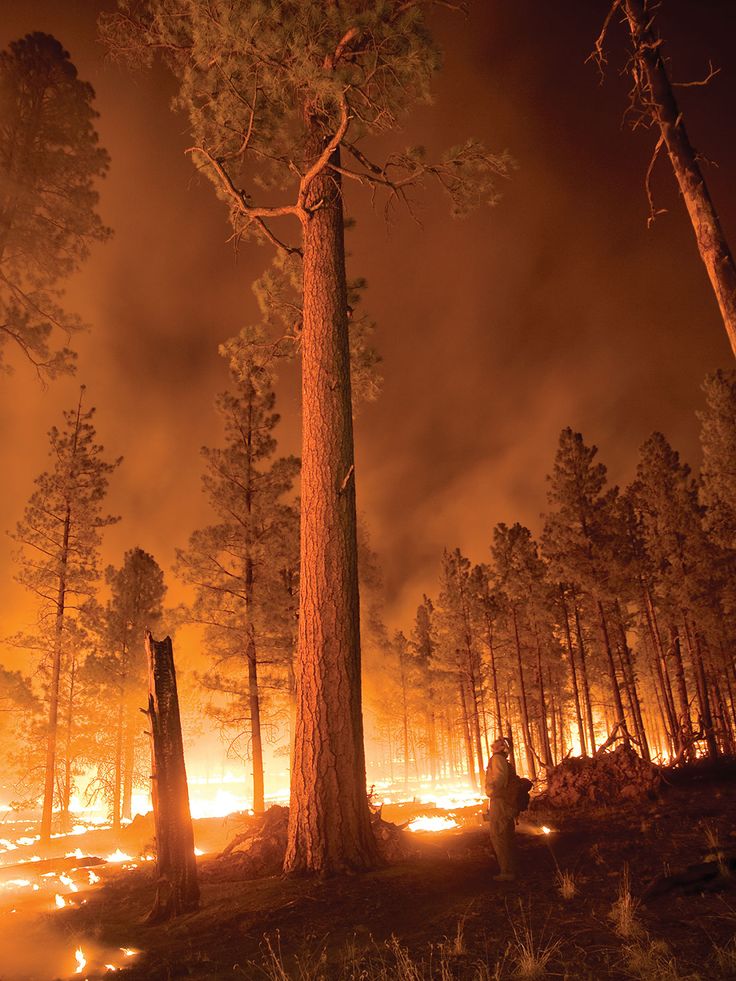A home is engulfed in flames, with thousands more to follow. A forest fire is so hot that the flames are purple. A wasteland of ash-grey remnants precedes the destructive fire. It’s an all-too-familiar image these days.
Most recently, New Jersey and California have dealt with raging wildfires. In difficult times like these, questions about climate change, the well-being of thousands, and politics arise. For states like California, wildfires aren’t new, but what is trending is the size of these devastating fires.
In the latest, fires burn in New Jersey. On the opposite coast, the Mountain Fire in Ventura County, California has burned over 19,000 acres and is currently at 95% containment. The Jennings Creek fire in northern New Jersey is at 88% containment with a little over 5,000 acres burned. A renewed fire on the New Jersey-New York border prompted evacuations for a small number of homes out of an abundance of caution.
Alarming Trends

New Jersey isn’t exactly known to have wildfires, but the red flags can’t be ignored easily. The state declared a drought warning as it deals with dwindling groundwater supplies and record-low rainfall.
According to AP News, firefighters in New Jersey were battling the driest conditions the state has seen in 120 years. Experts are worried that these devastating fires may be a new normal.
While several factors contribute to the nature of fire — including precipitation, wind, temperature, vegetation type and humans — the U.S. Environmental Protection Agency (EPA) has found that climate change threatens to increase wildfire frequency, burned area and length of wildfire season. Hotter and drier conditions are making it easier for wildfires to have widespread and devastating effects.
Even as local authorities make progress battling fires, red flag warnings persist for the area.
The Politics of Climate Change

At a press conference in California in September, President-elect Donald Trump threatened to withhold federal aid for wildfires if Governor Gavin Newsom failed to enact water supply policy changes. During his previous term, Trump’s administration delayed aid efforts from reaching the state twice. At the time, Trump commented on the state’s management of federal funds and resources, claiming the state was wasting water that could be used to extinguish the fires. Though Trump’s visit to affected areas received a mixed reception, local officials expressed gratitude for community support.
Wildfires and climate change annually affect thousands of Americans across party lines. Now that Donald Trump is president-elect, questions about his approach to environmental protection and climate policy are beginning to resurface. While it is unclear what Trump’s administration has in store for climate policy, elected leaders in states like California and New Jersey have pledged to continue tackling climate change.
Hope Among the Ashes
In the wake of devastation and political strife, Americans may find themselves caught between a rock and a hard place. In the face of natural disasters, unity and community matter the most. It is during these times that people come together regardless of political affiliations.
Let us know your thoughts by tagging us on X @Valleymag.





